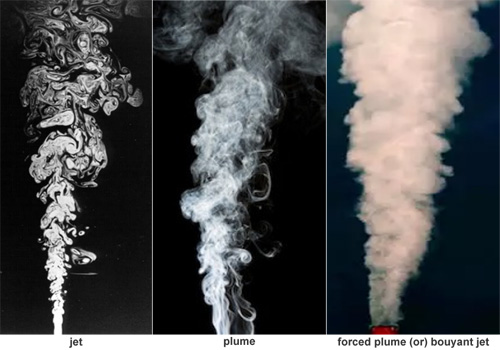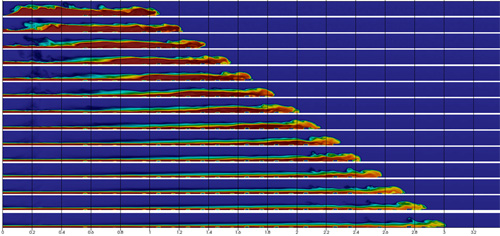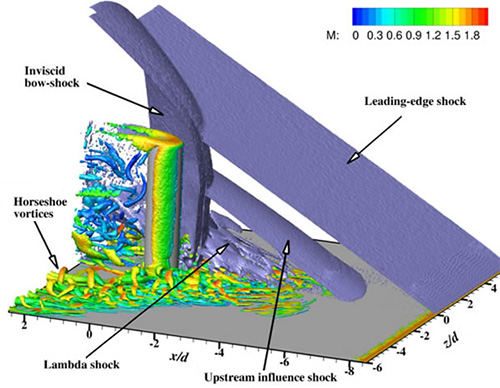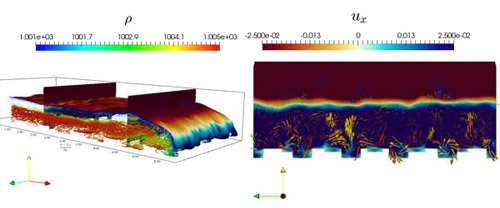Lead: Dr. Alberto Mestas-Nuñez
Turbulence is the primary paradigm of complex nonlinear multi-scale Oceanic, Sea-Ice, and Atmospheric systems. Center activities generate a vast amount of data from:
- Remote sensors, mount-in sensors from unmanned aerial vehicles, underwater buoyancy gliders, meteorological towers, and sensors mounted on ships in polar regions
- High-fidelity large scale atmospheric and oceanic numerical models acquired at different time and length scales
Direct assessment of these large datasets enables us to address some of the knowledge gaps in turbulence.
The Center focuses on four key research topics:
1. Multi-Scale Processes, Scalar Transport, and Mixing in Extreme Environment for Stable Atmospheric Boundary Layer
Goals:
- Use interdisciplinary concepts of atmospheric boundary layer turbulence physics, and nonlinear control, novel mobile sensing through unmanned aerial vehicles and remote sensing tools to improve the accuracy and the resolution of the measured data.
- Implement a novel deep-learning approach to improve understanding of the multi-scale process data obtained from combined experiment, high-fidelity models, and theory.

2. Rotating and Non-Rotating Oceanic Density Currents
A collaborative experimental and numerical framework to understand the entrainment and mixing of rotating and non-rotating density currents in the ocean over bottom-roughness. Having identified new metrics that influence the mixing processes, we extend the study to large scales.
see video

3. High-Speed Aerodynamics and Modelling of Shock-Wave/Boundary-Layer Interactions (SWBLI)
The University of Texas at San Antonio, NASA Langley Research Center (LaRC), and the Southwest Research Institute (SwRI) work synergistically with the aerodynamic experimental component to develop improved models for predicting the behavior of SWBLI.

4. Sea Level and Polar Ice Changes and Impacts in Extreme Environments
Computational methodologies consider the roughness Reynolds number as a key metric and its temporal evolution as the topography evolves through melting of the surface. Entrainment is also affected as the density of the underlying fluid is modified by the addition of fresher sea ice and ice sheet melt. The Center undertakes modeling these processes and predicting the impacts of climate change on their evolution.

Center students (1) develop state of the art data-fusion algorithms that integrate the sensing data across different spatial and temporal scales; (2) develop atmospheric, oceanic, and sea-ice models with real-time input from sensors; and (3) learn how to combine high-performance computing, cloud computing, and measurement technology.
Each year, one or two students summer intern at one of the NASA centers or at a collaborative university.


